Silk, affectionately called the “Queen of Textiles,” is one of the oldest and most luxurious fabrics with a rich history dating back to the 27th century BC. Known for absorbing less moisture than cotton, silk is highly coveted for being gentler on your skin and hair. It keeps skincare products on your face and leaves your skin more hydrated; the perfect antidote to dry Canadian winters. Silk’s slippery surface also reduces friction, meaning you are less likely to get premature wrinkles over time and those embarrassing pillow creases on your face the next morning. Then there are the wonders it can do to your hair; a pillowcase made of silk is great for keeping bed head under control and extending the life of your blowout. If that wasn’t enough, silk is also an incredibly light and breathable material, allowing you to stay cool and doze off with ease.
At Silk & Snow, we use only the best natural materials in our silk pillowcase and silk sleep mask, which is why they are both made in China from 100% mulberry silk. But what exactly makes mulberry silk superior to other options? Let’s look at why this exquisite fabric is renowned for being the epitome of timeless elegance.
The Fairy-Tale History of Silk
Legend has it that Leizu, wife of the mythical Yellow Emperor, discovered silk by accident in Ancient China circa 2696 BC. She was sitting under a mulberry tree in the imperial gardens when the cocoon of a mulberry silkworm fell into her cup of tea. On that fateful day, the hot water softened the thin but strong silk fibre that the cocoon was made of, causing it to unravel. The Chinese Empress realized the cocoon was made out of a single strand of silk and saw its fine potential as a fabric.
Soon Leizu invented two devices that were crucial to the beginning of sericulture, the process of cultivating silkworms to create silk fabrics. There was the silk reel, which combined silk fibres from several cocoons together into one thread, and the silk loom, which wove the threads into an exquisite cloth. Initially reserved for Chinese royalty, the sacred art of making silk was China’s best kept secret for more than 2,000 years. Silk was so prized that it was sometimes used as currency in trade and even gave its name to the Silk Road, the legendary trade route connecting China with Europe. Today, China remains the world’s top producer of silk.
Mulberry Silk vs. Wild Silk
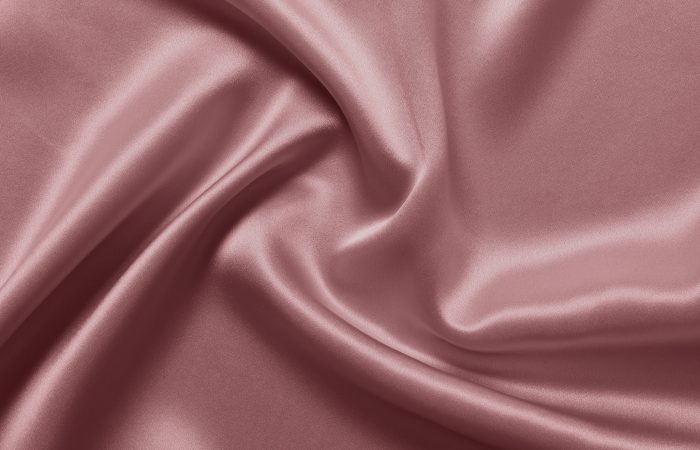
Not all silk is the same. Silk from wild silkworms, called wild silk, is harvested from silkworms who have completed the metamorphosis process and left their cocoons behind. This results in broken strands of silk, which leads to an inconsistent weave, difficulty to take on dye, and ultimately, a tougher and rougher silk.
Conversely, our mulberry silk is sourced from mulberry silkworms, called Bombyx Mori in Latin, which are domesticated and native to China. As the name suggests, they can be found in mulberry trees, like the one Leizu was resting under. Silk from mulberry silkworms is harvested in one single strand in a controlled environment, which produces a better quality and more consistent end product that can evenly take on fabric dyes. The result? Mulberry silk, arguably the best silk in the world.
That’s why both our silk pillowcase and silk sleep mask have a momme rating of 19. Momme is the unit used to measure the quality of silk. Higher momme equals higher quality. A momme rating in the 16-19 range means silk of very high quality.
Toxic-Free Dyes
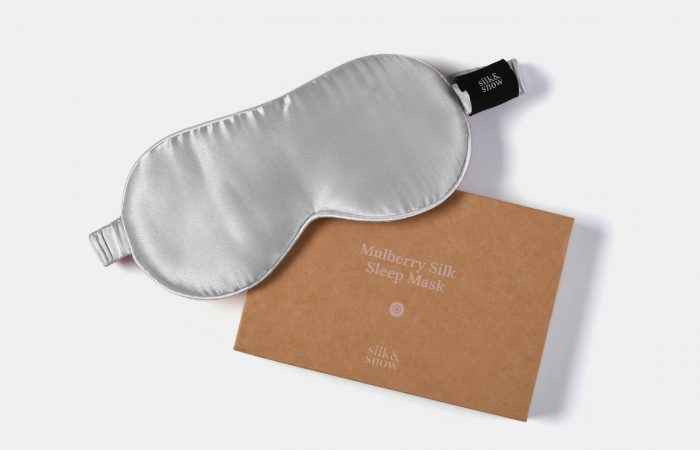
If there is any material you’d want to be free of harmful dyes, it’s the one that you place closest to your face each night. Our silk pillowcase is available in eight different colours and free of toxic chemicals, so you can rest easy knowing this little luxury is made with the future of our planet in mind.
100% Silk vs. Silk Blends
Silk is world renowned for being luxuriously soft and smooth, but also prized for its elegance. This recognition has led many companies to attempt to produce inferior bedding products using a blend of silk and other (often synthetic) materials, while marketing their products as “silk” at a reduced price.
You may have heard of budget-friendlier options like “silky satin” or “silk touch” products; however, it’s important to know that there is a world of difference between silk and satin. Satin refers to the type of fabric weave rather than the material to produce a glossy and sleek look. Satin can be made of silk, but these days it is more commonly made of synthetic fibres, such as polyester, rayon, nylon, acetate and cotton. Without 100% silk fabric, you simply don’t get 100% of the benefits that silk offers.
This is why our silk pillowcase and silk sleep mask are made of 100% silk. We want to produce thoughtfully made bedding products that are superior not only in feel, but in quality.
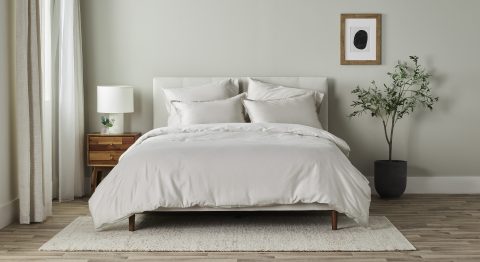



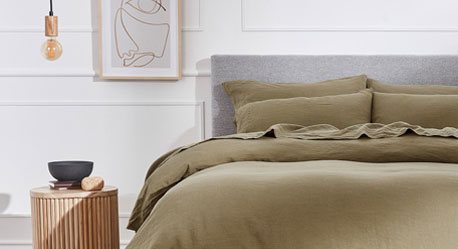
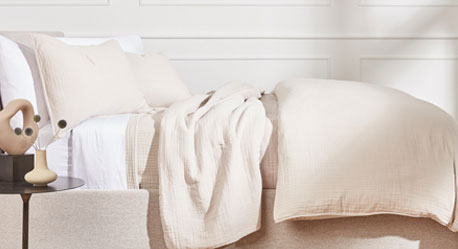



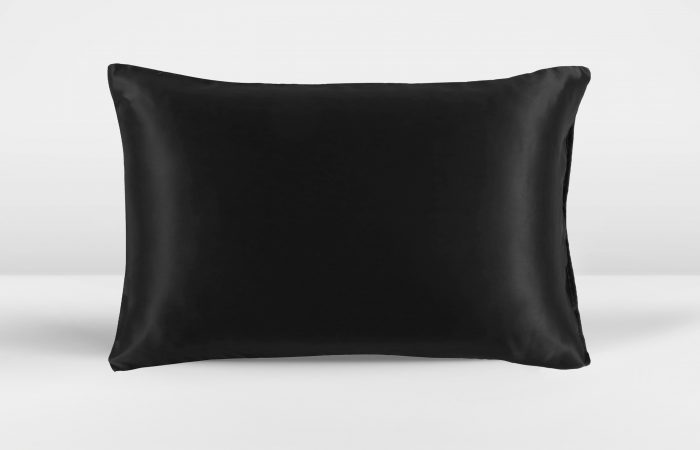
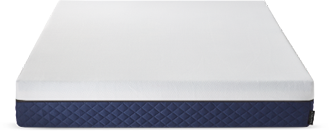
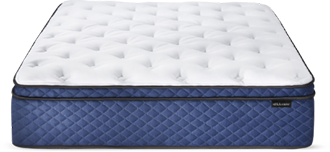
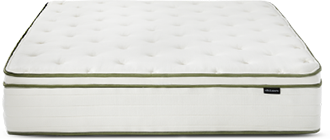
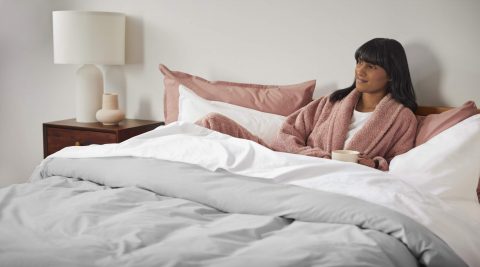

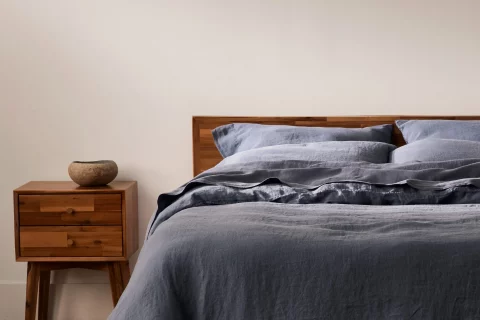

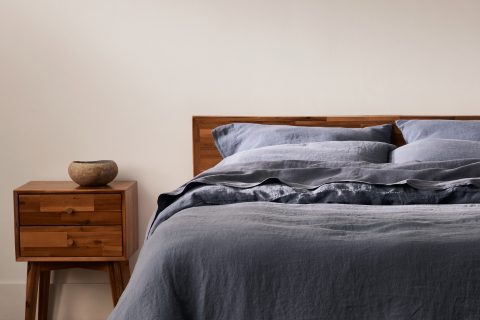
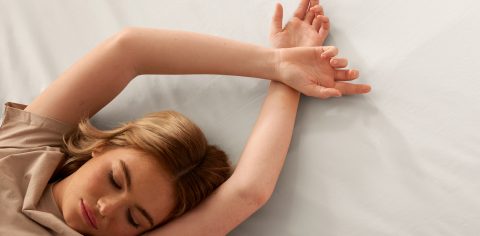

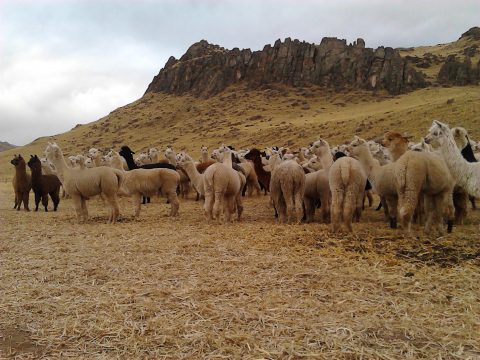
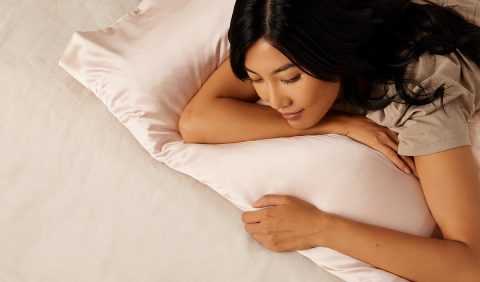
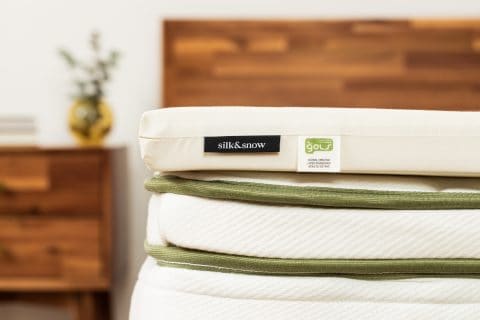
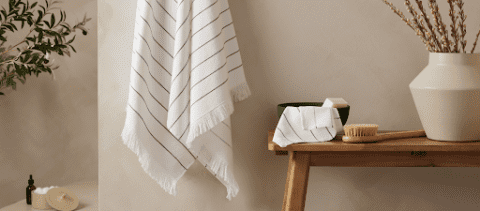



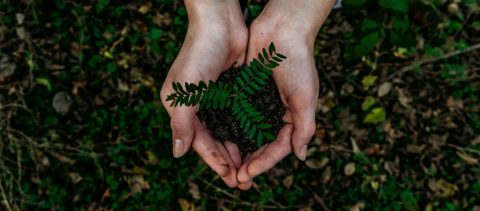
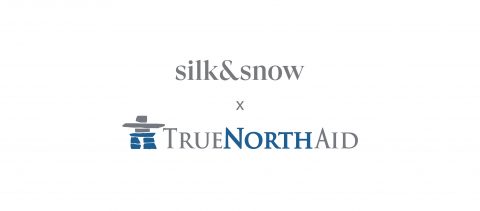


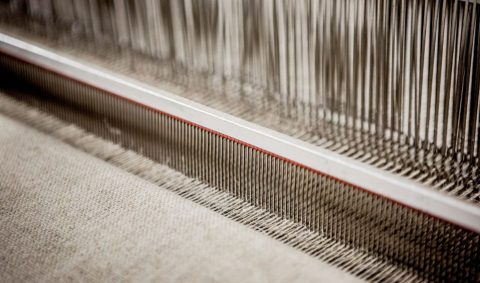
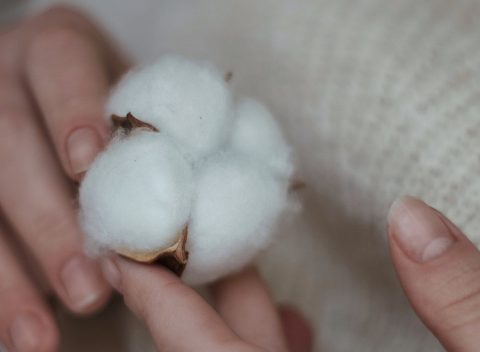






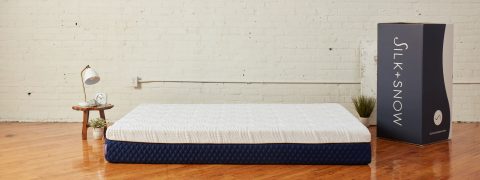
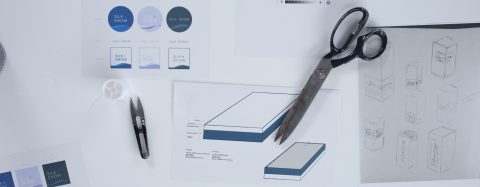






 1-855-777-0033
1-855-777-0033 